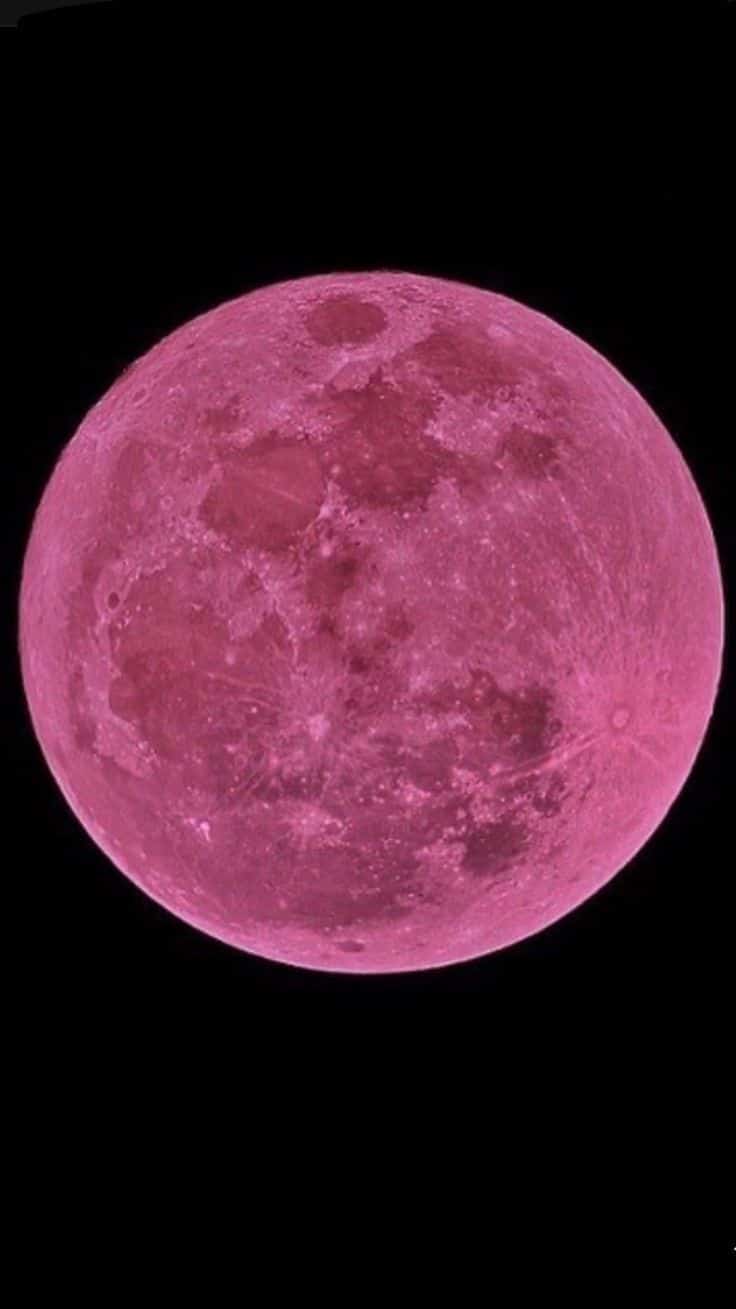Aliens have been depicted in different ways in movies and animations; kids know them as creatures with green skin. But, moving on from sci-fi, science has made us understand the possibility of real aliens. Which discovery showed scientists and astronomers that extraterrestrial life may exist? Have aliens been confirmed to exist? This article will answer these questions and more.
Hints of life in Venus
Venus is one of those planets whose conditions don’t support life. However, scientists discovered that microbes may be living in the Venusian atmosphere. Data obtained from some 1970s missions initially raised suspicions.
Courtesy: Freepik
Carbon monoxide is unexpectedly rare on the planet, but lightning and solar radiation are supposed to generate it in large quantities. Scientists assume that some microbes are probably removing it. More research is still being done on the planet.
An unexplained signal
A radio telescope detected an unexpected radiation pulse from somewhere close to the Sagittarius constellation. It was an unusual signal that lasted for 37 seconds. The astronomer supervising the data wrote ‘wow’ on the printout.
Courtesy: StarRegistration.net
It came within the band of radio frequencies where transmissions are internationally banned on Earth. Since the nearest star in that direction is 220 million light-years away, the signal was probably made by intelligent aliens with a super powerful transmitter.
An icy Jupiter moon
While most of the search for alien life has been done far away from our solar planet, this is one of the closest. One of the icy moons of Jupiter, Europa, is another likely home for life. The moon has features that may support life.
Courtesy: CNN
Below its icy surface, Europa has an ocean that produces water vapor, which spreads out into space. Both NASA and ESA have launched exploratory missions to this moon– the missions will arrive there in the early 2030s.
The ‘Goldilocks Zone’
One common method scientists use to look for extraterrestrial life is by looking for chemicals or gases that can only be produced by living organisms. About a month ago, there were possible signs of such gas in the atmosphere of a planet called K2-18b.
Courtesy: The Conversation
This planet is far from its star, so its surface temperature is neither too hot nor too cold, a zone scientists call the Goldilocks Zone. Since the temperature supports the availability of liquid water, there may be organisms on the planet.
If scientists should find extraterrestrial life…
Although it may seem like a farfetched idea, scientists have also been looking for signals from aliens in the universe. Since these signals can randomly happen at any time, scientists’ search hasn’t led to alien discovery yet.
Courtesy: Freepik
However, whether by searching for signals or exploring other planets and moons, finding life outside Earth will change how we see the universe. It will also bring about a transformation in how we see our place in the universe.







